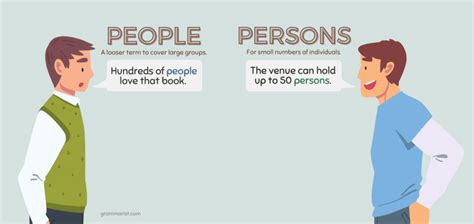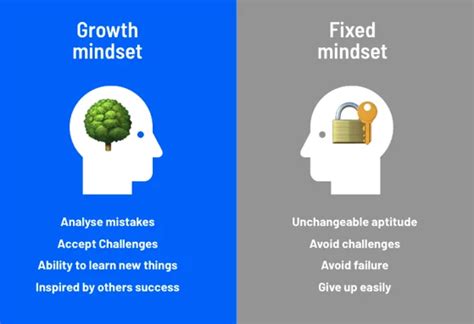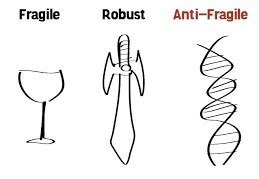In a world characterized by constant change and unpredictable events, merely being resilient—bouncing back to the original state—is often not enough. True advantage comes from becoming antifragile, a concept popularized by Nassim Nicholas Taleb, where systems not only withstand shocks but actually improve from them. This powerful idea can be profoundly applied to two critical areas of life: our physical fitness and our financial well-being. Cultivating an antifragile mindset means actively seeking out challenges, learning from failures, and emerging stronger, fitter, and more financially secure from every disruption.

Understanding Antifragility: Beyond Resilience
Resilience is about enduring stress and returning to equilibrium. A resilient system can take a hit and recover. Antifragility goes further: it thrives on volatility, randomness, and stressors. Think of bones that grow stronger after micro-fractures, or a muscle that hypertrophies after being subjected to intense resistance. In finance, it might be a portfolio structured to gain from market downturns, or a business that innovates rapidly in response to disruption. The key difference lies in the response to disorder – a resilient system resists, an antifragile system benefits.
Forging Fitness Antifragility
Applying antifragility to fitness involves embracing the very stressors that most people try to avoid. It’s about more than just consistent exercise; it’s about intelligent adaptation and growth through challenge.
Progressive Overload and Deliberate Challenge: Your body grows stronger by being exposed to increasingly difficult stimuli. This isn’t just about lifting heavier weights; it’s about varying your routines, trying new forms of movement, and pushing your perceived limits. Periodization, where training intensity fluctuates, allows your body to recover and then adapt to higher loads, preventing plateaus and building robustness against injury.
Nutritional Flexibility and Metabolic Adaptability: An antifragile approach to nutrition means your body isn’t overly reliant on a single diet or food source. It can efficiently utilize various macronutrients and adapt to periods of higher or lower caloric intake without crashing. This isn’t about yo-yo dieting, but about building metabolic flexibility that can handle different situations, from a high-energy day to a fasting period, making your body less fragile to dietary changes or availability.
Mental Toughness Through Discomfort: Pushing through difficult workouts, enduring cold showers, or completing a demanding endurance challenge all build mental fortitude. These experiences teach you to manage discomfort, overcome self-doubt, and reinforce the belief that you can handle stress and come out stronger. This mental resilience then spills over into other areas of life.

Cultivating Financial Antifragility
In the financial realm, antifragility is about creating systems and habits that not only protect against economic shocks but also position you to gain from them.
Diversification and Redundancy: Just as a diverse ecosystem is more robust, a diverse financial portfolio is less susceptible to a single point of failure. This means not putting all your eggs in one basket – diversifying investments across asset classes, industries, and geographies. Beyond investments, it means building redundancy: an emergency fund, multiple income streams, or skills that are valuable across different economic cycles.
Embracing Volatility: While many investors fear market downturns, an antifragile investor sees opportunities. This could involve having dry powder (cash) to invest when assets are undervalued, or having a business model that gains market share when competitors struggle. It requires a long-term perspective and the courage to act contrarian when appropriate.
Continuous Learning and Skill Adaptation: The job market and economy are constantly evolving. An antifragile individual continuously learns new skills, adapts to technological changes, and diversifies their professional capabilities. This makes them less vulnerable to obsolescence and more capable of seizing new opportunities that arise from economic shifts or disruptions.

The Antifragile Mindset: Core Principles
At the heart of both fitness and financial antifragility is a foundational mindset built on specific principles.
Embrace Randomness and Uncertainty: Stop trying to predict every outcome. Instead, accept that the future is inherently uncertain and focus on building systems that benefit from that uncertainty. This means having optionality – the ability to choose from a range of possibilities without being locked into one path.
Learn from Mistakes, Don’t Avoid Them: Failures and setbacks are not ends, but data points. Analyze what went wrong, adapt your approach, and apply the lessons learned. Every stumble in a workout or investment provides valuable information to refine your strategy.

Proactive Preparation, Not Just Reactive Survival: Instead of just hoping for the best or reacting only when disaster strikes, build safeguards and optionality into your life proactively. This could mean cross-training in fitness, building multiple income streams, or regularly reviewing and updating your strategies.
Small Bets and Experimentation: Take small, controlled risks that have limited downside but potentially large upside. In fitness, try a new exercise. In finance, allocate a small portion to a new investment idea. If it fails, the loss is minimal; if it succeeds, you’ve discovered a new avenue for growth.
Conclusion
Building an antifragile mindset for fitness and finance resilience is an ongoing journey of conscious effort and strategic adaptation. It’s about shifting your perspective from merely surviving challenges to actively seeking them out, learning from them, and using them as fuel for growth. By cultivating diversification, embracing volatility, and continuously adapting, you transform potential threats into opportunities, ensuring that every bump in the road—be it a missed workout or a market fluctuation—makes you stronger, wealthier, and more robust in the long run.





